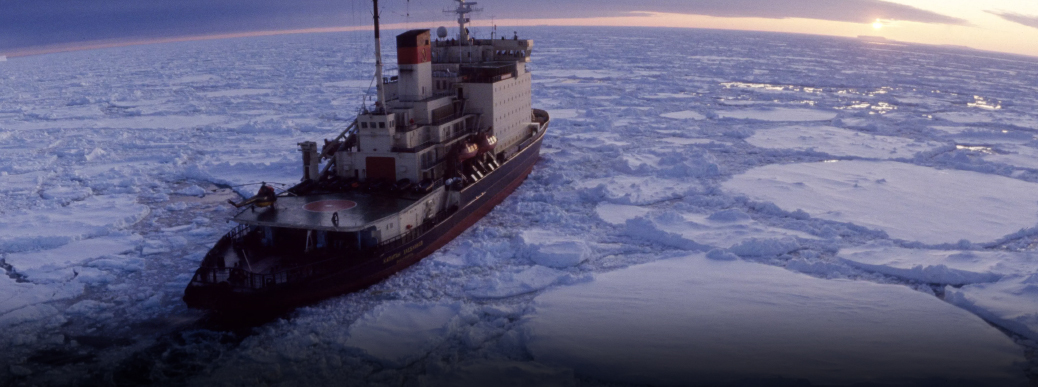India to Expand Polar Research to Arctic:
11, Jul 2018

Prelims level : Science & Tech
Mains level :
The government is refocusing priorities to the Arctic because of opportunities and challenges posed by climate change
Background:
- Sea ice at the Arctic has been melting rapidly — the fastest in this century. That means several spots, rich in hydrocarbon reserves, will be more accessible through the year via alternative shipping routes.
- This month, India has renamed the National Centre for Antarctic and Ocean Research (NCAOR) charged with conducting expeditions to India’s base stations to the continent as the National Centre for Polar and Ocean Research.
India’s Artic Expedition:
- India’s interests in the Arctic region are scientific, environmental, commercial as well as strategic.
- India has no published “Arctic policy”. India’s Arctic work comes under the ambit of the National Centre for Antarctic and Ocean Research (NCAOR), an autonomous research institute under the umbrella of the Ministry of Earth Sciences.
- India has one Arctic observation station near Norway. India opened an Arctic research base at Ny-Alesund, Svalbard, Norway -“Himadri” – to pursue research in Glaciology, Atmospheric Sciences, and Biological Sciences.
- India began its engagement with the Arctic region when it signed the Svalbard Treaty in February 1920.
- In 2007 India began its Arctic Research Program, focusing on climate change.
- The Indian Arctic research team hopes to understand the relation between the Arctic climate and the Indian monsoon by analysing sediment and ice core records from Arctic glaciers and the Arctic Ocean.
- In 2002, the state-owned ONGC Videsh (OVL) bought a 20 percent stake in the Sakhalin-I project on Sakhalin Island in the Russian sub-Arctic North Pacific.
- Scientists across the world are reporting that the rapid ice-melt in the Arctic is leading to large quantities of fresh water into the seas around the poles. This impedes the release of heat from the water and directs warm water into the seas around India, the theory goes, and eventually weakens the movement of the monsoon breeze into India. Therefore we need more observations and stations in the Arctic countries to improve understanding of these processes.






